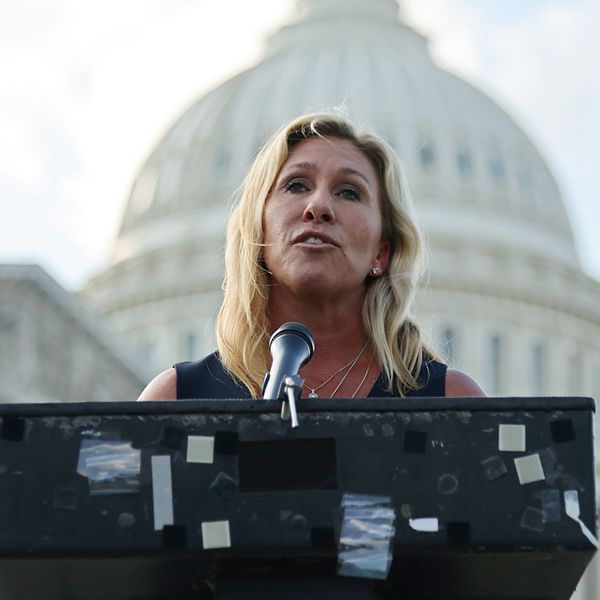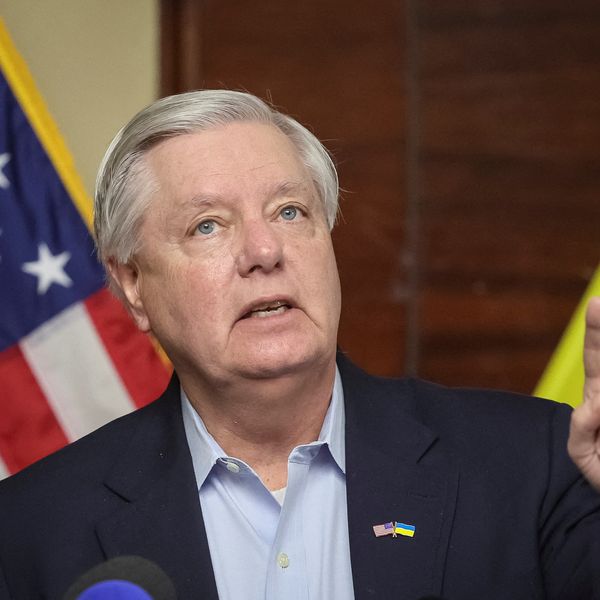Secretary of State Mike Pompeo failed miserably in his efforts on Thursday to force the United Nations to reimpose its pre-JCPOA sanctions on Iran.
To briefly summarize, the Trump administration and its allies in Washington have been pushing to pile even more sanctions on Iran, and to do that, it hatched a plan to try to get the U.N. to "snapback" its pre-JCPOA sanctions for purportedly violating the nuclear deal's terms.
Of course there are two big problems with this approach, the first of which is that while yes, Iran has violated some of the JCPOA's terms, it has done so only after Trump withdrew the United States from the agreement and reimposed crushing sanctions. And second, in order to trigger the "snapback" mechanism built into the agreement, you have to be a participant in the agreement, which of course, the U.S. ceased to be when Trump exited it in 2018.
So the U.N. Security Council has snuffed out this bad faith effort for what it is, as its permanent members have already said they will reject it. What's more is that Pompeo himself inadvertently revealed the folly of this whole exercise during a press conference on Thursday after notifying the Security Council of the U.S.'s request for snapback.
After a reporter wondered how the U.S. can snapback U.N. sanctions while no longer being part of the deal, an exasperated Pompeo responded, "This — look, just, it’s important to emphasize this," he said, adding that the U.N. Security Council Resolution endorsing the JCPOA "gave every one of the participant states the right to execute snapback unconditionally."
And he's right. U.N. Resolution 2231 states that "the Security Council, within 30 days of receiving a notification by a JCPOA participant State of an issue that the JCPOA participant State believes constitutes significant non-performance of commitments under the JCPOA, shall vote on a draft resolution to continue in effect the terminations of the provisions of previous Security Council resolutions."
But of course, the United States is no longer "a JCPOA participant state," a fact that Pompeo himself said back in May, 2018 (emphasis added):
"Two weeks ago, President Trump terminated the United States participation in the Joint Comprehensive Plan of Action, more commonly known as the Iran nuclear deal.
Of course none of these bad faith efforts on Iran and shameless lying should be a surprise. But the question now is how the U.N. will ultimately deal with the U.S. snapback request in an official capacity. Indeed, the International Crisis Group has a suggestion for those at the U.N. who want to preserve the JCPOA: "ignore the U.S. drive to restore terminated sanctions on Iran." And if that's indeed the path they take, it may mark the first time in history that the U.N. Security Council has ghosted the U.S.















